Scientists have discovered the elusive “missing” 70% of the universe.
The enigmatic Dark Energy, which constitutes a major part of the universe, remains a subject of great mystery, with little known about its nature. It is thought to be a force that is driving the universe’s expansion to accelerate, more powerfully than gravity. Researchers from Imperial College London have now proposed an explanation for the source of this unknown energy, which is believed to be black holes. If their theory proves to be correct, it could revolutionize the field of cosmology, according to Dr. Chris Pearson, a co-author of the study.
‘At last we’ve got a solution for the origin of dark energy that’s been perplexing cosmologists and theoretical physicists for more than 20 years.’
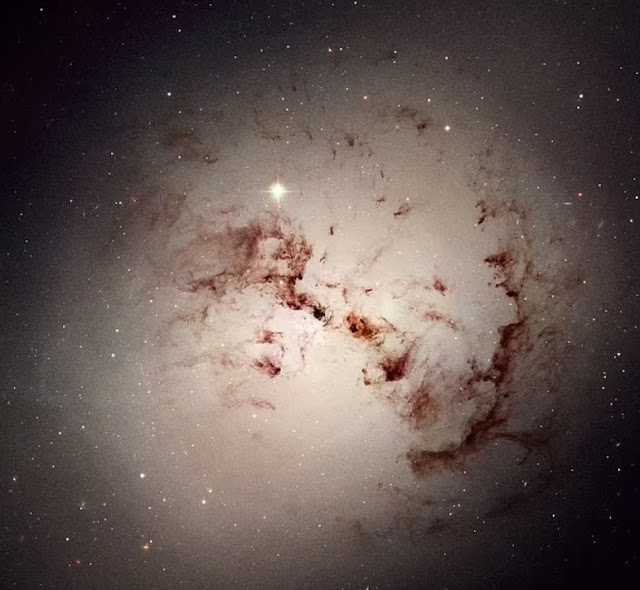
For years, astronomers have been intrigued by Dark Energy’s potential to revolutionize physics as we know it. This enigmatic substance, which was discovered 20 years ago, initially threatened to contradict Albert Einstein’s research. However, a team of international researchers has now found evidence that Dark Energy is actually consistent with Einstein’s Theory of Relativity.
Previously, the question of how the strong gravity of black holes could be opposed by a secret force expanding the universe had been a significant obstacle to Einstein’s science. However, experts from the University of Hawaii and Imperial College London have dismissed this stumbling block. According to their findings, black holes contain Dark Energy, which is the same energy from space that Einstein initially predicted. This suggests that our current understanding of the universe does not need any new or undiscovered elements to account for the 68% of the universe that Dark Energy represents.
Furthermore, the theory that black holes have a ‘singularity’ at their centre, where even light cannot escape, has been called into question.
According to the researchers, the new theory offers a solution to bypass the mathematical issue by eliminating the concept of singularity.
Confused?
The original Big Bang theory predicted that gravity would slow down the expansion of the universe, and possibly even contract it. However, in 1998, it was discovered that the universe was not only still expanding, but its expansion was accelerating. This led to the proposal of “Dark Energy,” which is thought to push things apart more strongly than gravity. The concept of a “cosmological constant” that opposed gravity and prevented the universe from collapsing had been proposed by Einstein but later discarded. Black holes, with their extremely strong gravity, posed a problem for this theory, especially at their centers where a “singularity” occurred. To address this issue, 17 researchers from nine countries studied black hole evolution over nine billion years. They found that black holes gain mass in a way that is consistent with them containing vacuum energy or Dark Energy. They observed that the size of the universe at different points in time matched the mass of supermassive black holes at the center of galaxies. This suggests that black holes are the source of Dark Energy and that they can account for the amount of it in the universe.
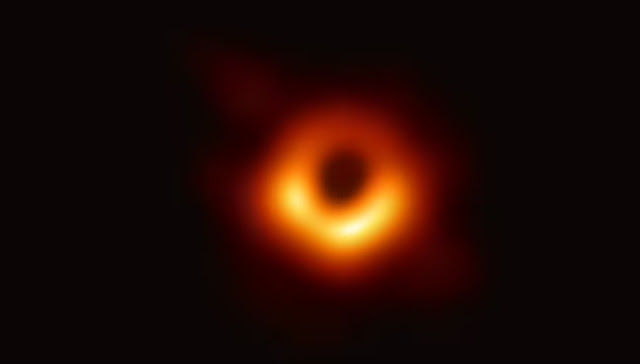
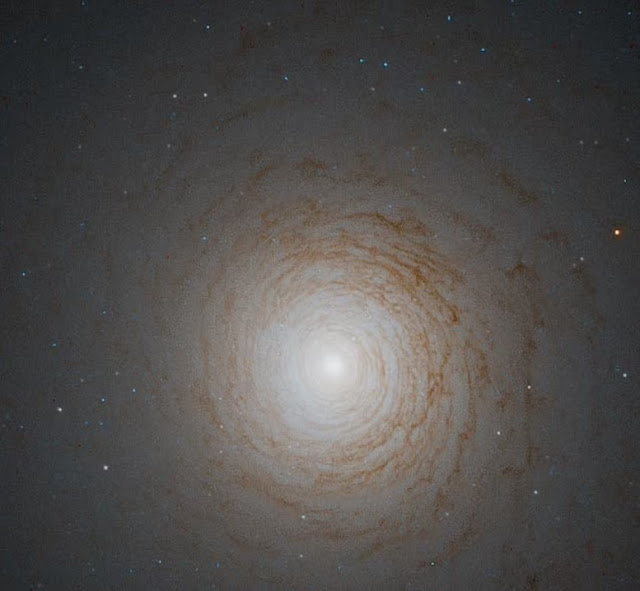
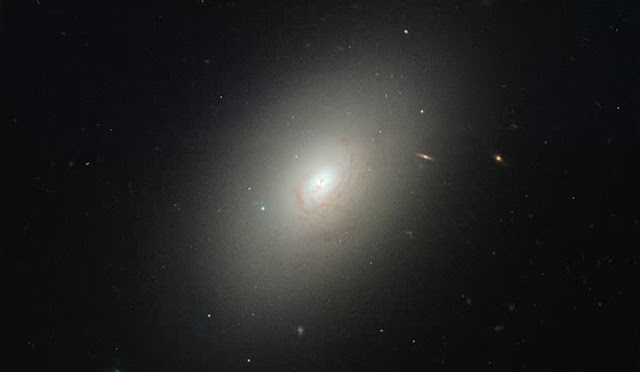
Such is the excitement and significance of the discovery, the scientists responsible for the new research said they ‘may have found the answer to one of the biggest problems in cosmology’.
Study co-author Dr Dave Clements, from the Department of Physics at Imperial, said: ‘This is a really surprising result. We started off looking at how black holes grow over time, and may have found the answer to one of the biggest problems in cosmology.’
The study provides the first empirical proof that black holes contain vacuum energy and are connected to the universe’s expansion, growing in size as the universe expands. This phenomenon is called “cosmological coupling.” Massive stars that reach the end of their life form black holes, and those found at the centers of galaxies are known as supermassive black holes. These black holes have incredibly strong gravity and can contain millions to billions of times the mass of the sun in a relatively small space.
Black holes can increase in size by accreting matter, such as by devouring nearby stars or by merging with other black holes. However, the researchers discovered that the increase in mass was much larger than could be explained purely by astrophysical processes, such as merging. They thus hypothesize that black holes include Dark Energy and are linked to the universe’s expansion. If future observations confirm this, cosmological coupling will redefine our understanding of black holes, according to the astronomers.
Study author Duncan Farrah, from the University of Hawaii, said: ‘We’re really saying two things at once: that there’s evidence the typical black hole solutions don’t work for you on a long, long timescale, and we have the first proposed astrophysical source for dark energy.
‘What that means, though, is not that other people haven’t proposed sources for dark energy, but this is the first observational paper where we’re not adding anything new to the universe as a source for dark energy: black holes in Einstein’s theory of gravity are the dark energy.’
The work is published in two papers in the journals The Astrophysical Journal and The Astrophysical Journal Letters.
Do not forget to share your opinion with us to provide you with the best posts !



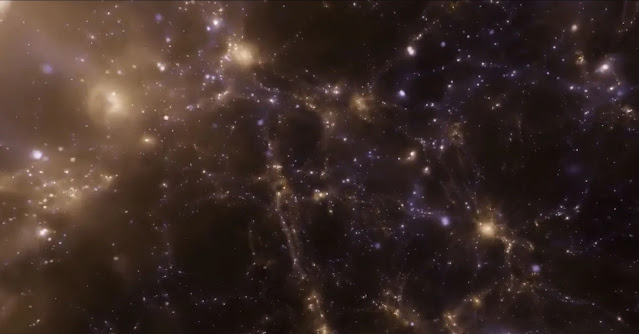

0 Comments